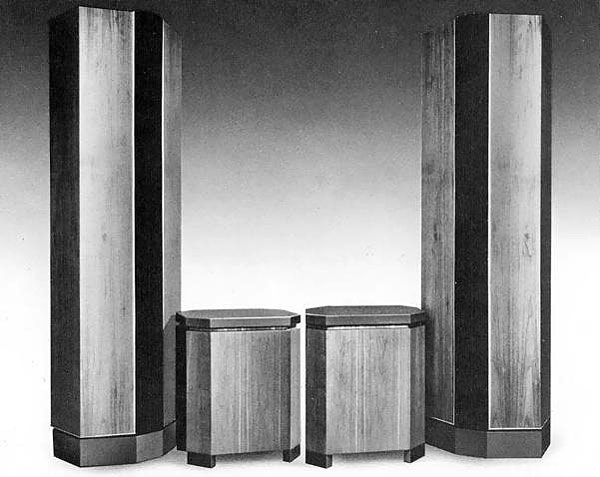| Columns Retired Columns & Blogs |
I would be very curious as to how many, if any, of these high tech, high voltage power supply speakers still exist in good operating condition. As I remember from years ago there were reliability issues with both the Beveridge Stats and the Plasmatronics in use when they were new. Both the electronics and drivers were problem-some.
On the other hand I'm sure you can find plenty of vintage LS3/5a's still singing beautifully everywhere.








































